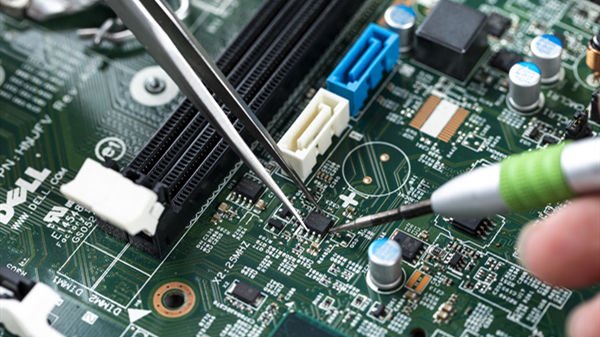Shenzhen Hongchangsheng Electronic Technology Co., Ltd.It is a professional electronic component distributor with abundant funds, complete models and strong technical strength. The company specializes in the agency and distribution of world-renowned brand electronic components. Including: IC integrated circuits, diodes and transistors, etc. The company's main brands are: TI/BB, ALTERA, XILINX, ADI, NSC, MICROSEMI, CYPRESS, ONS, VISHAY, AMP/TYCO.
The company's products are mainly used in communications (power grids, electrical systems), automobiles (automotive vehicle systems), military equipment and other fields. In these fields, the company already has a relatively mature large number of models and supply advantages. The company has a large number of models in stock, and has considerable advantages in supply channels.
We have quite good supply channels for common devices or military, unpopular, new R&D or edge devices. The company is known for its competitive prices, high-quality products, and on-time delivery.
The company has a professional and high-quality service team, and we measure our work by customer satisfaction. We think what customers think, worry about what customers are worried about, and help our customers solve any problems they face before, during and after sales as quickly as possible.
The company has always regarded product quality as the source of the company's survival and development. All of our order shipments are original and genuine. We firmly believe that only today's sincere efforts can achieve tomorrow's excellence; only today's dedication and dedication can we create tomorrow's profession.
